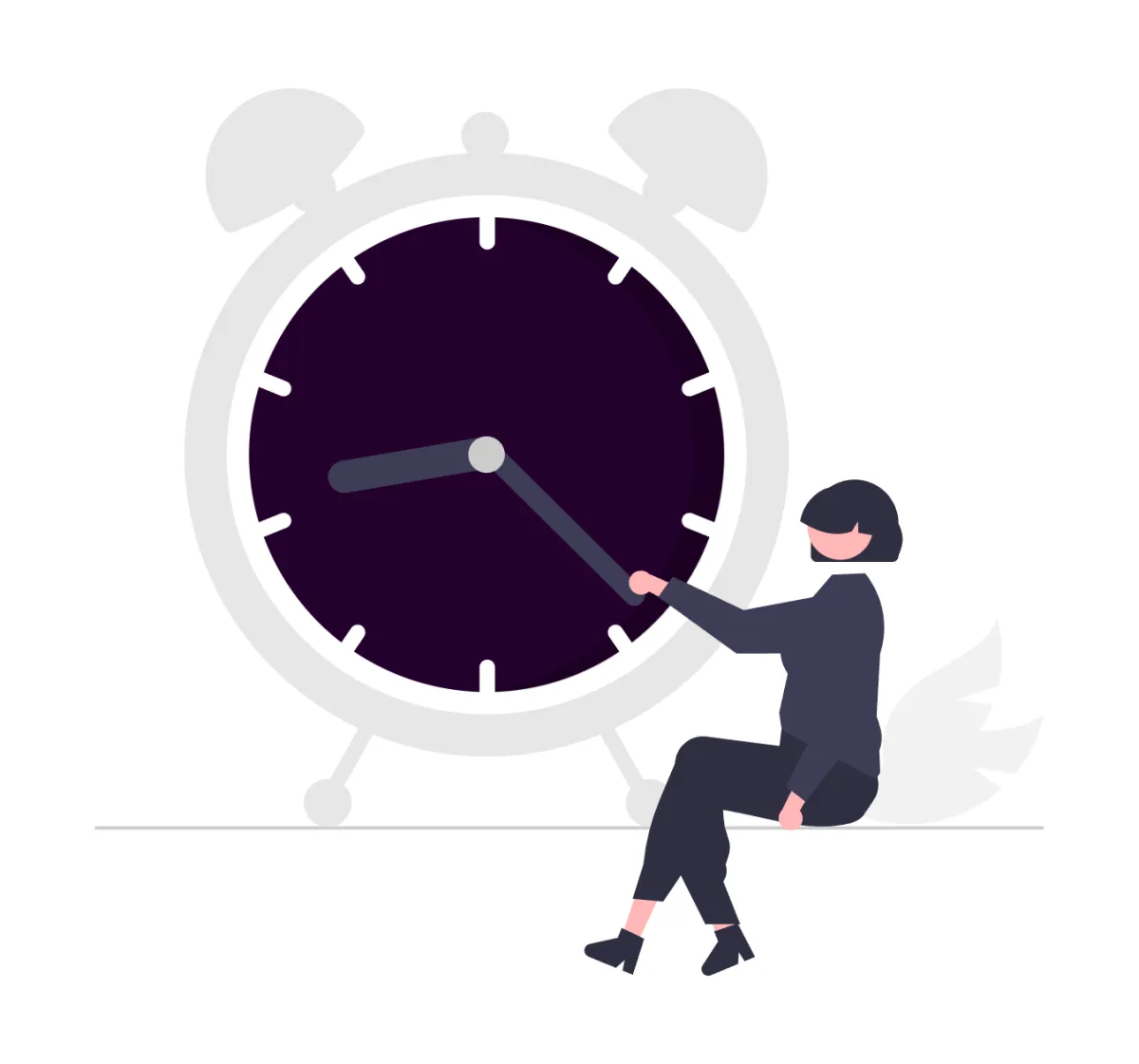
The Art of Timing: When and How to Follow Up for Maximum Impact
In today’s fast-paced business world, following up effectively with prospects and customers can make or break your success. Whether you’re a contractor securing new clients, a retailer addressing customer inquiries, or a service provider nurturing leads, the art of timing your follow-ups is critical to building trust, maintaining engagement, and closing deals.
Why Follow-Ups Matter
Follow-ups are more than polite reminders; they’re opportunities to demonstrate professionalism, show your commitment, and keep your brand top-of-mind. According to industry research:
80% of sales require five follow-ups after the initial contact, yet many professionals stop after one or two attempts.
60% of customers feel positively about a brand that reaches out post-interaction, even if they don’t make an immediate purchase.
By mastering the timing and method of your follow-ups, you can improve your relationship-building efforts and significantly boost your success rate.
Understanding the Perfect Timing
When it comes to follow-ups, timing isn’t just about reaching out quickly—it’s about reaching out at the right moment. Here’s a breakdown of timing strategies based on common scenarios:
1. After Initial Contact
Timing: Within 24-48 hours
Why: Strike while the interaction is fresh in the customer’s mind. A prompt follow-up demonstrates enthusiasm and professionalism.
Pro Tip: Reference specific points discussed during your initial contact to make your message feel personalized and memorable.
2. After Sending a Quote or Proposal
Timing: 3-5 days later
Why: Give the recipient enough time to review the details without feeling rushed, but don’t let the proposal fall off their radar.
Pro Tip: Use this opportunity to address any potential questions or concerns proactively.
3. After No Response
Timing: 5-7 days after the initial follow-up
Why: People get busy, and a gentle nudge can remind them to respond without feeling intrusive.
Pro Tip: Keep the tone friendly and understanding, and offer a clear reason for reconnecting (e.g., providing additional information or clarifying next steps).
4. After Completing a Project or Sale
Timing: 1-2 weeks post-completion
Why: This is the perfect window to gather feedback, express appreciation, and explore opportunities for future collaboration.
Pro Tip: Include a link to leave a review or testimonial, which can bolster your brand’s online reputation.
5. Periodic Check-Ins
Timing: Every 3-6 months (depending on the nature of your business)
Why: Maintaining contact keeps you top-of-mind when the customer is ready for your services again.
Pro Tip: Share valuable insights, such as industry updates or exclusive offers, to keep the conversation relevant.
How to Follow Up Effectively
Timing alone isn’t enough. The way you communicate is equally important. Here are actionable tips for creating effective follow-up messages:
1. Personalize Your Approach
Avoid generic templates. Use the recipient’s name, reference past interactions, and tailor your message to their specific needs.
2. Be Clear and Concise
Keep your messages brief and to the point. Highlight the purpose of your follow-up and include a clear call to action.
3. Provide Value
Offer something of benefit, such as additional resources, answers to potential questions, or solutions to their pain points.
4. Leverage Automation (But Keep It Personal)
Tools like AI-driven follow-up systems can help you stay consistent. Just ensure the tone remains natural and human-like.
5. Use Multiple Channels
Combine email, phone calls, and social media to ensure your message is received. Tailor your communication style to the platform.
Common Follow-Up Mistakes to Avoid
Being Too Aggressive: Avoid sending too many messages in a short span, as this can come across as pushy.
Failing to Add Value: Don’t reach out just for the sake of it. Ensure every interaction has a clear purpose.
Neglecting to Track Interactions: Use a CRM or follow-up system to log all communication and avoid duplicating efforts.
Final Thoughts: The Power of Persistence
Mastering the art of follow-ups takes time, strategy, and persistence. It’s not just about chasing leads—it’s about building meaningful relationships that lead to lasting success. By following up promptly, providing value, and personalizing your approach, you can turn potential customers into loyal advocates.
Ready to Take Your Follow-Ups to the Next Level?
If you’re looking for a way to automate and optimize your follow-ups, our AI Employee is here to help. From timely reminders to personalized responses, our system ensures you’ll never miss a lead again. Contact us today to learn more and start transforming your follow-up game!
